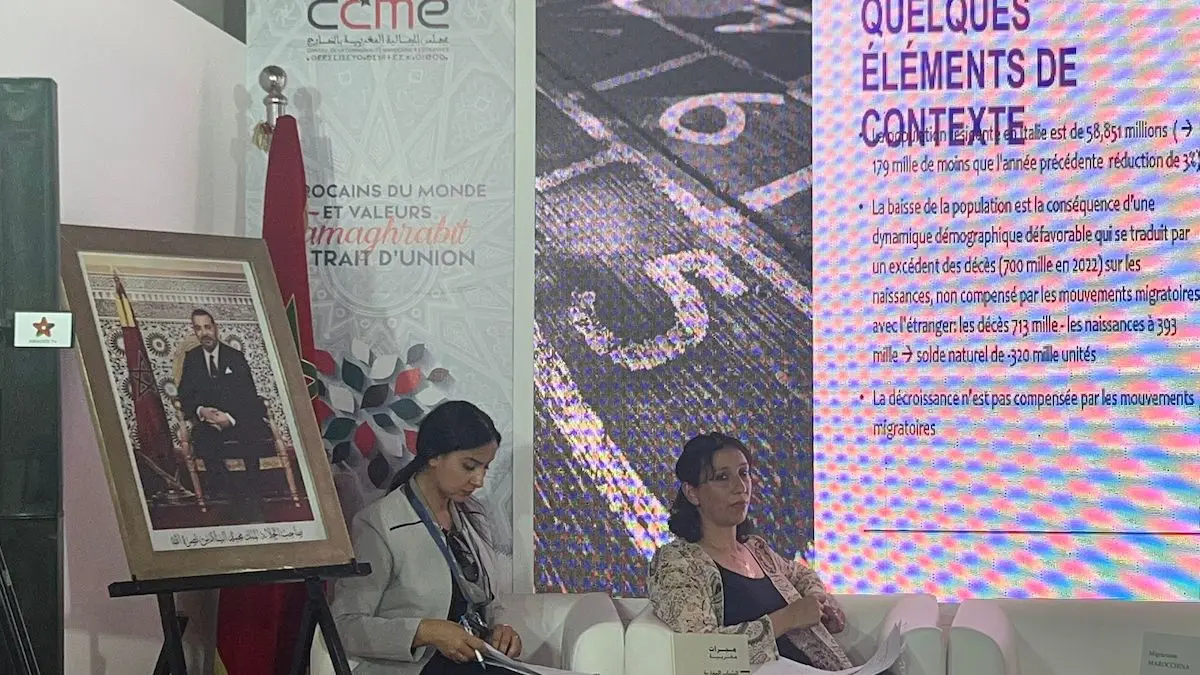Tamaghrabit: Moroccan soft power

As a Moroccan residing abroad, I feel like an ambassador for my country. Every time I speak, write, publish a book, cook a tagine or prepare mint tea for friends abroad, I transmit Moroccan culture and values. . But what exactly are these values? When I think of Morocco, the first words that come to mind are hospitality, tolerance and solidarity.
Barely a few days ago, Ms. Ghislaine El Abid, Project Manager at the Council of the Moroccan Community Abroad (CCME), whom I had the honor to know during a CCME round table at SIEL in Rabat, gave me the book "Tamaghrabit", written by Dr Abdellah Boussouf, historian and secretary general of the CCME. After reading the book, I understood that to be a good ambassador for my country, it was necessary to decode the meaning of the word Tamaghrabit, a word that retains the essence of the values that constitute Moroccan identity.
Indeed, the concept of Tamaghrabit offers a detailed and comprehensive answer to the following questions: who are we as a people? What is our identity? What is our vision of the future for ourselves and for the rest of the world? These questions about identity are fundamental, especially in the reflection on the role of Moroccans abroad, real soft power ("soft power", in the sense of J. Nye) of Morocco.
The first idea that comes to mind when looking for the etymology of the term Tamaghrabit is its multicultural character, bringing together the Amazigh (Tamazight) and Arabic languages. Generally, Tamazight uses the morpheme “t…t” to construct the feminine form of a word, for example in Tamazight from central Morocco, guest (in the masculine) is “anbgi”, but, by adding the morpheme “t…t », we obtain the word « tanbgiwt », that is to say invited (in the feminine). At the same time, this morpheme helps us to build an action noun from a verb. For example, "kkusu" means to inherit and "tukkust" is the action of inheriting, also translatable as inheritance. Thus, in the case of Tamaghrabit, the morpheme “t…t” was added to the Arabic word maghrebi, Moroccan, which gave it a feminine connotation. Therefore, the word Tamaghrabit, which combines Tamazight and Arabic together, tells us that the values of Morocco include inclusion, cohesion in diversity, the feminine aspect and the action of putting these values into practice. In addition, in the Amazigh alphabet the letter "t" of the morpheme "t...t" is written with two lines that cross each other, representing the crossing of paths and the meeting between men.
The feminine aspect of the name Tamaghrabit reminds us that it is the woman, who is a mother, who generates the value of welcoming, being the one who embraces and nurtures life. It is this maternal characteristic of taking care of the Other which is at the heart of our Moroccan culture and it is precisely for this that in our country the three Abrahamic religions exist together, opening up to each other. to dialogue. It is no coincidence that in Arabic the word compassion/pity (the feeling that leads to sympathy for the suffering of others), rahmah, shares the same root with the word "maternal womb", rahém. Yet it is from the female belly of Tamaghrabit that the Moroccan values of empathy, understanding, openness to others, coexistence, peace and living together are born.
The secret of Morocco is that, while advancing towards modernity, it proudly retains traditional values; family, generosity, sharing, which are expressed by Tamaghrabit; which is not just a word. Tamaghrabit is the expression of a concept that describes the spiritual and material essence of Moroccan civilization. The cultural nodes forming the Tamaghrabit were laid long before the era of modernity and they retain today more than ever their importance in our society and in the whole world.
Anna Mahjar-Barducci is a Moroccan-Italian researcher and writer.

